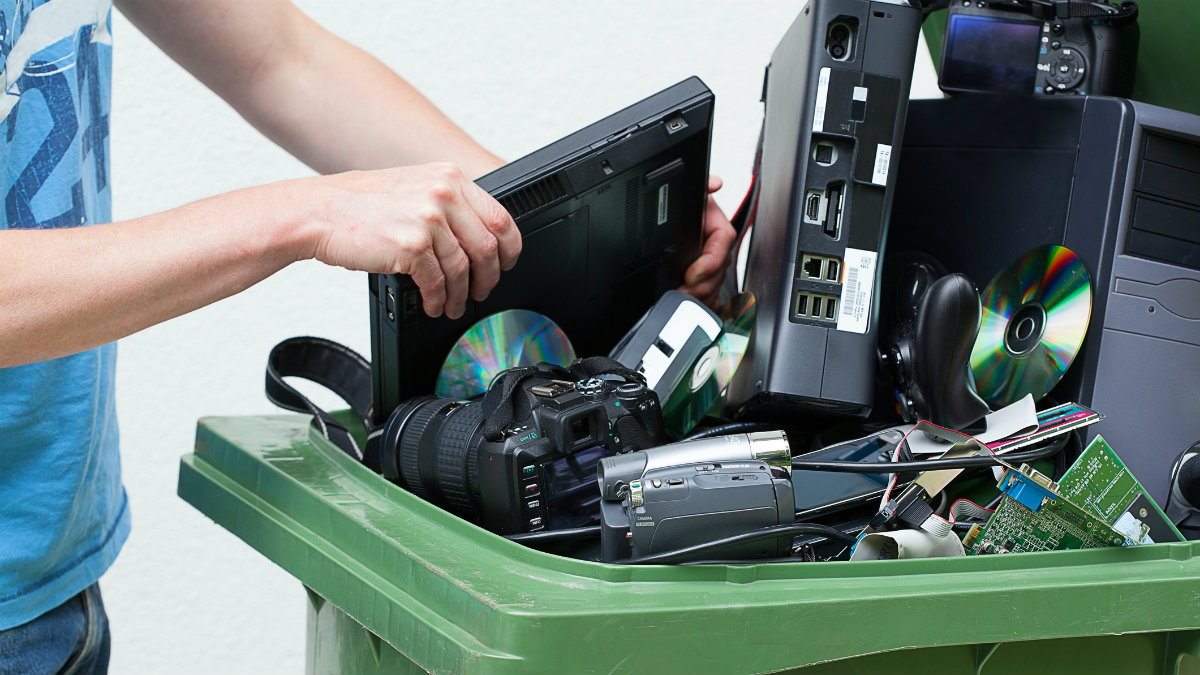Do you have any old tech piling up and collecting dust? If so, you may be thinking about donating or selling it. This is a good idea, especially since gadget prices are skyrocketing. Many people are in the market for a gently used smartphone or computer rather than spending big bucks for a brand-new one.
However, there is one critical step that many people forget to take before getting rid of their old devices. They fail to delete sensitive data permanently, and that’s a huge mistake.
We’ll walk you through how to erase your info from any gadget brought to you by our sponsor, Dell. Need help to find the best tech solutions for your small business? See how Dell Technologies’ Advisors can assist you for free.
Never hand over personal information by mistake
People have been selling and donating old tech for years. One security researcher determined how many people remembered to delete their personal information before handing over their old devices. You’ll be surprised at just how many did not erase them properly.
Josh Frantz purchased 85 devices from businesses that sold refurbished, donated and used computers. He spent about $600 on desktop and laptop computers, flash drives, memory cards, hard disk drives and a few cell phones.
Frantz posted what he discovered on his rapid7 blog — and it was pretty shocking!
Of the 85 devices he bought, only two were appropriately wiped. Most of the devices still had tons of information on them.
With help from a script he wrote, Frantz found 214,019 images, 148,903 emails and 3,406 documents. From all that, he could see email addresses, dates of birth, Social Security and credit card numbers. Yikes!
Don’t let this happen to you. Before donating or selling a device, you must ensure everything has been appropriately deleted.
If you don’t wipe your device, information can be found later. All those deleted letters, financial documents and compromising photos lurk on the computer. All it takes is a little know-how to recover them.
When a file is deleted, your operating system removes the link to the file and marks the space free. That file will still exist on your hard drive until it’s overwritten by new information.
Continue reading →



